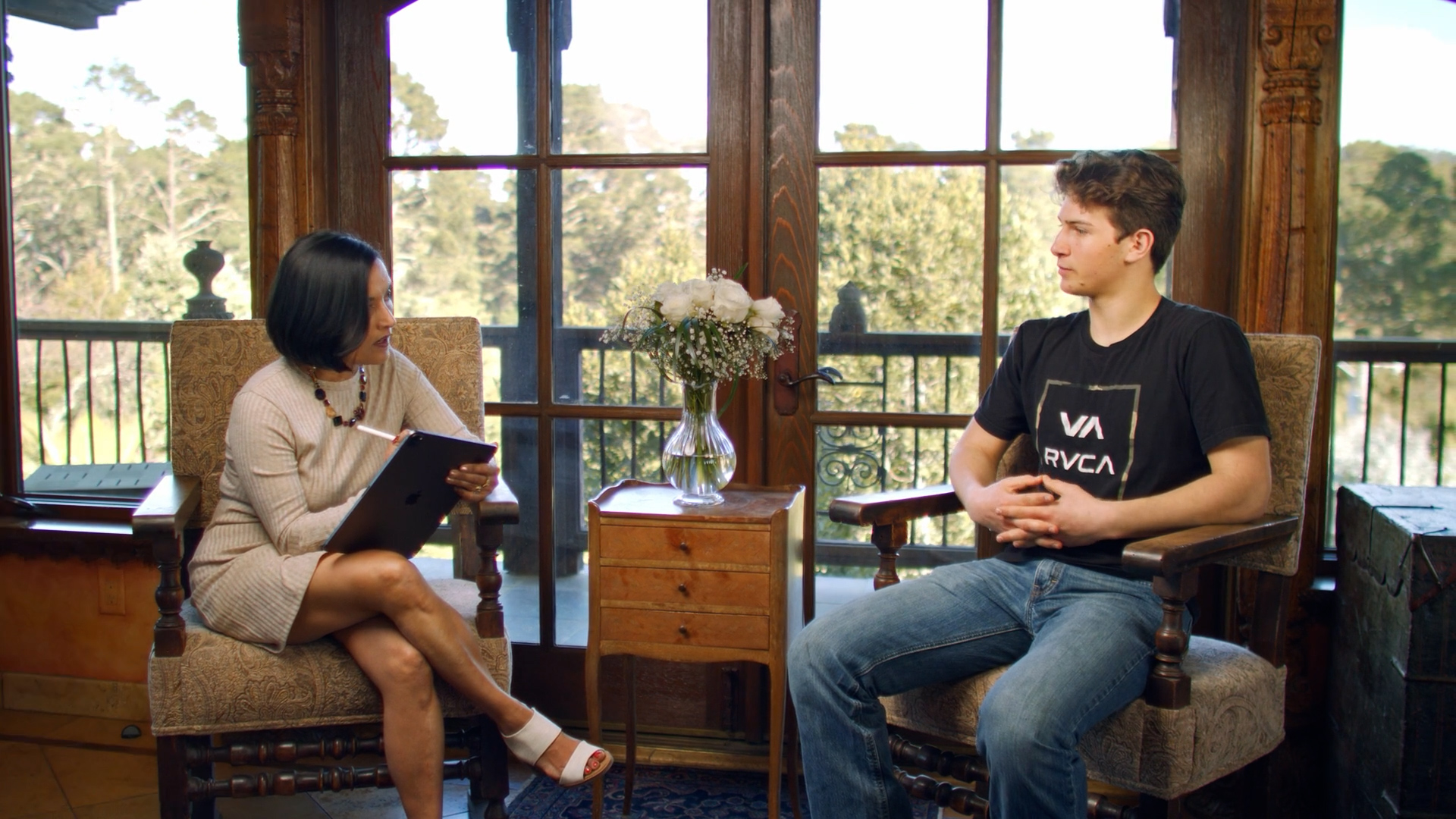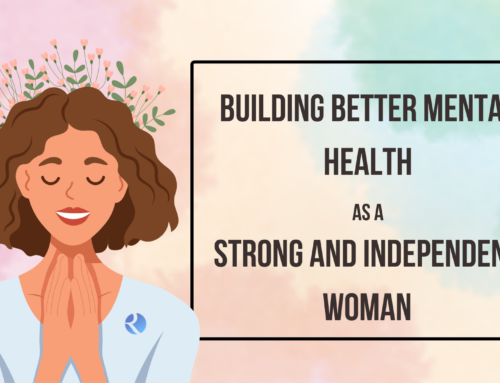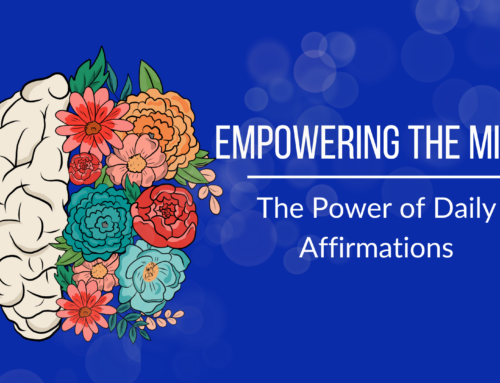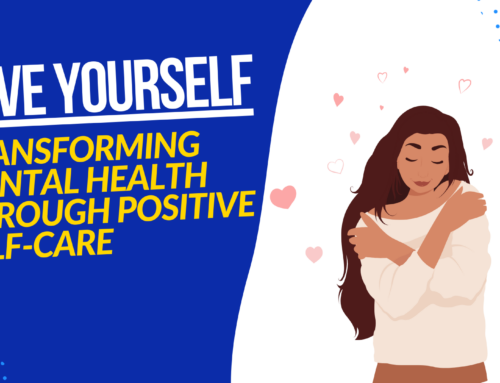If you had asked me how I was doing several years ago, I might have told you I was fine, but my honest answer would have been “terrible.”
I was 19 years old, and the first skill listed on my life’s resume was self-sabotage, followed by severe anxiety and debilitating perfectionism. Sprinkle in some PTSD and a little bit of bipolar disorder, and you had me – a ticking time bomb of a person, set to explode as soon as something went wrong.
Waking up in the morning was never a rejuvenating experience. I used most of my energy just to get out of bed. Then, drained and exhausted, I spent my days struggling to hear anything beyond the little voice in my head. It told me I would never be good enough to reach my goals and that no one around me actually liked me. In other words, I was capital S, Stressed.
When I found rREST, I was so desperate to free my brain from the mental torture chamber it was locked in that I just closed my eyes and took the leap. I had no idea what I was walking into, and had my situation been any less extreme, I would’ve gotten stuck on the not-knowing. So, for those wondering what on earth you’re signing up for, here’s what to expect from a rREST session…
What can I work through in a rREST session?
The short answer? All of it. Stress manifests itself in a variety of ways.
The easiest way I identify topics for my own rREST sessions is when I notice I’ve overreacted unnecessarily to something, either through feelings or actions. I look for patterns in my behavior that stop me from achieving what I want to accomplish. It can range from angry explosions to numbness and dissociation to impulsive people-pleasing. The point is it’s triggered by similar instances that tend to produce a pattern of (usually negative) emotional reactions.
It always helps to have an idea of what you want to work on in a session, but it’s okay if you don’t! rREST coaches are there to guide you when everything seems overwhelming or you can’t put your finger on what’s triggering your stress. Even if you do have a general idea of your stressor, the rREST technique finds the specifics so we can get to the root of the problem.
If you want to learn more about finding good subjects for rREST sessions, subscribe to our newsletter and get notified when we publish our blog on identifying when a rREST session could help you.
Scheduling your rREST Session
When you schedule your rREST session, you’ll want to block out about 50-60 minutes of your day, but rREST is entirely remote, so you can be virtually anywhere! Make the most of your lunch break at work or escape to your car if your house is busy; just make sure your chosen spot is relatively quiet with a strong cell signal.
Additionally, rREST leverages how our brains process memory during sleep to help clear up your mental clutter. For this to work, we ask that you schedule your session for a day when you don’t have plans to consume memory-altering substances like alcohol or THC before or after the session. In other words, don’t pick the day you’ve got a happy hour planned with your coworkers. Once you’ve gotten a good night’s sleep, feel free to indulge (responsibly, of course).
The rREST Session
It’s time for your first session! All you have to bring is your awesome self, a device with a strong cell or Wi-Fi signal, and a water bottle is recommended.
The first part of your session will focus on identifying the things that are causing you stress in your life. The unique thing about rREST is that we only focus on your present-day stress for a few minutes, making it a more painless process than most other modalities, especially for those who don’t like talking about our problems.
We don’t focus on the present day longer than we have to because stress is a practiced response. Every time you are triggered, it reinforces the defense mechanism, making it easier to trigger in the future. Also, rREST’s unique approach is especially beneficial when even talking about an issue causes a stress response. It allows you to efficiently process your traumas (big or small) without needing prolonged exposure.
Once we’ve identified your stressors, our coaches use the rREST technique to go back and find the original event that created that particular stress response in your brain. Because these events usually happen in the first five years of childhood, they are seen through the eyes of your younger self.
This means that there could be exaggerations about some details, or the event could have been entirely imaginary, but that doesn’t change how it made you feel, and that’s what rREST targets. We identify the emotions that arose during this event and help you soothe your younger self in the way you needed when you were that age. While that may sound daunting, gaining that kind of clarity and self-understanding is a cathartic process that will leave you feeling more at peace with yourself and your life story.
As a note, our rREST coaches are not licensed therapists or psychologists. We’re not here to diagnose you or write prescriptions, so if you need help urgently, check out the bottom of this blog for a list of available resources. Our coaches are trained using a step-by-step technique to read your subconscious stress mechanisms and help you process them from a conscious perspective, allowing you to open up a new space for possibility and growth where there previously was mental clutter.
What’s Next?
After the session, your only job is to drink lots of water, avoid memory-altering substances for the day, and make sure you give yourself time to get a good night’s sleep.
rREST sessions are like snowflakes; no two are exactly the same. While some people report feeling relief immediately after a session, processing usually takes about 1-3 nights to truly set in and let your brain rewire itself. You might not notice a difference if you’re not into self-reflection, but it’s there. On the longer end, some clients notice shifts happening 30 days later! It’s kind of like lifting weights; the calories continue to burn even after your sweat sesh! So let the healing occur at the pace your body is ready to make changes.
When I first started, I was skeptical because I didn’t feel much better after my first session. But by round four, my PTSD symptoms had vanished almost entirely. I started sleeping through the night without waking up drenched in sweat from a bad dream, and my panic attacks disappeared.
But I didn’t stop there. rREST helped me feel safe sharing my genuine self and trusting that people cared about me. It helped me dismantle my fear of rejection, so I could embody myself fully and invite the right people into my life – people who love me just the way I am. These days I’m working on my suffocating perfectionism. I never knew how to see my failures as opportunities to learn and try again. Now that’s becoming the only way I see it.
In that same vein, I sometimes don’t notice the result until I’m faced with a situation that previously would’ve made me freak out, and instead, I’m able to roll with the punches and adapt accordingly. Then I look back and realize, “Wow, I should’ve totally lost it when that happened, but I didn’t.” It’s now natural for me to shift into a headspace of action rather than reaction, and I don’t even notice it until the moment has passed.
Still confused? I want you to imagine if TV static was constantly playing in the background of your day-to-day existence. If you actively listen, you can notice it. Or sometimes, it might get so loud that it becomes all you can hear, drowning all of your senses. But for the most part, you learn to tune it out and go on with your life.
Then one day, the noise just stops, and you realize you’ve been living with a lousy signal your entire life. Everything around you becomes crystal clear, and you can pick up on the slightest sounds previously drowned out by the static.
That’s the kind of clarity I found with rREST. I feel like a new person. My brain is on my side, and the voice inside my head has become my biggest cheerleader rather than my biggest critic.
Nothing about the world has changed. Everything is as uncertain as ever, but my perspective is no longer hopeless. I can hear the whispers of my intuition and my most genuine self in places where there had only been white noise.
So what was going on in those hours I spent on myself? That’s a different story. If you’re a science geek like me, you might want more of an explanation about how and why rREST works. I’ll be writing a beginner’s guide to the theoretical foundation behind rREST, so sign up for our newsletter to stay updated.






